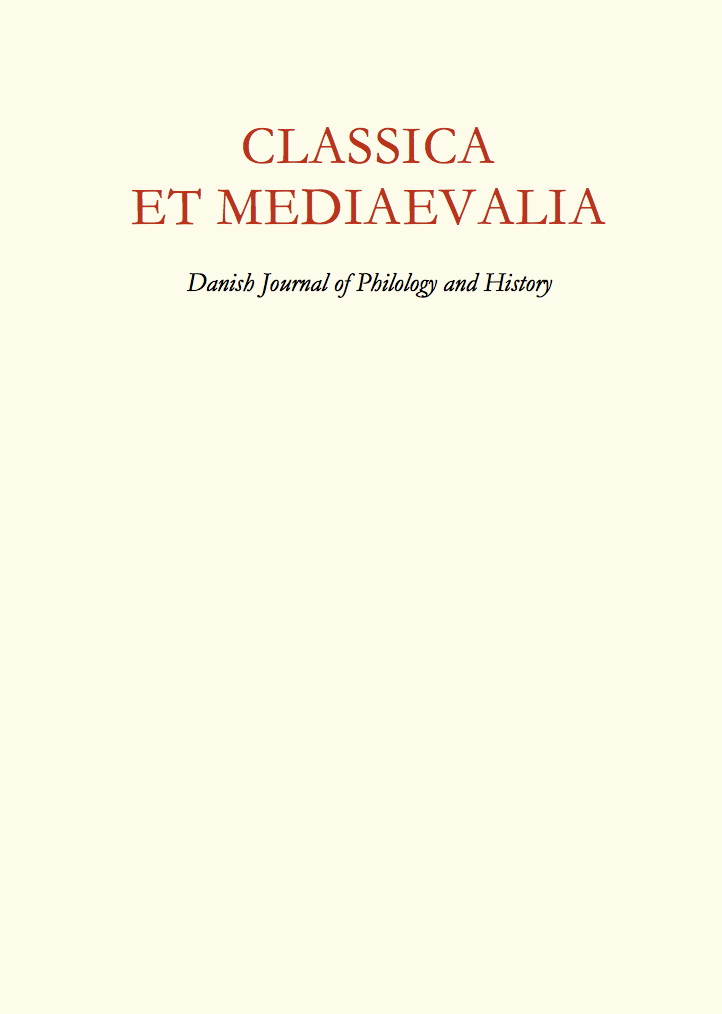Circular flow: universal and local in the Imperium Galliarum
Abstract
This article investigates the cultural tendencies of the Gallic Empire (c. AD 260-274). The persistence of imperial institutions shows the Gallic emperors intended to convey an impression of continuity. Yet the numismatic record also shows the influence of a distinct cultural environment associated with the Batavian community and the Rhine army. Batavian forms of Hercules, originally developed through the transformation of the Roman Hercules to suit a local context, were elevated into Postumus’ (r. c. AD 260 to 269) imperial propaganda, confirming a long-held hypothesis in anthropology postulating a circular flow of cultural borrowing in agrarian societies between local and elite traditions.
Downloads
Published
How to Cite
Issue
Section
License

This work is licensed under a Creative Commons Attribution 3.0 Unported License.
Authors who publish with this journal agree to the following terms:
- Authors retain copyright and grant the journal right of first publication with the work simultaneously licensed under a Creative Commons Attribution License that allows others to share the work with an acknowledgement of the work's authorship and initial publication in this journal.
- Authors are able to enter into separate, additional contractual arrangements for the non-exclusive distribution of the journal's published version of the work (e.g., post it to an institutional repository or publish it in a book), with an acknowledgement of its initial publication in this journal.
- Authors are permitted and encouraged to post their work online (e.g., in institutional repositories or on their website) prior to and during the submission process, as it can lead to productive exchanges, as well as earlier and greater citation of published work (see The Effect of Open Access).





